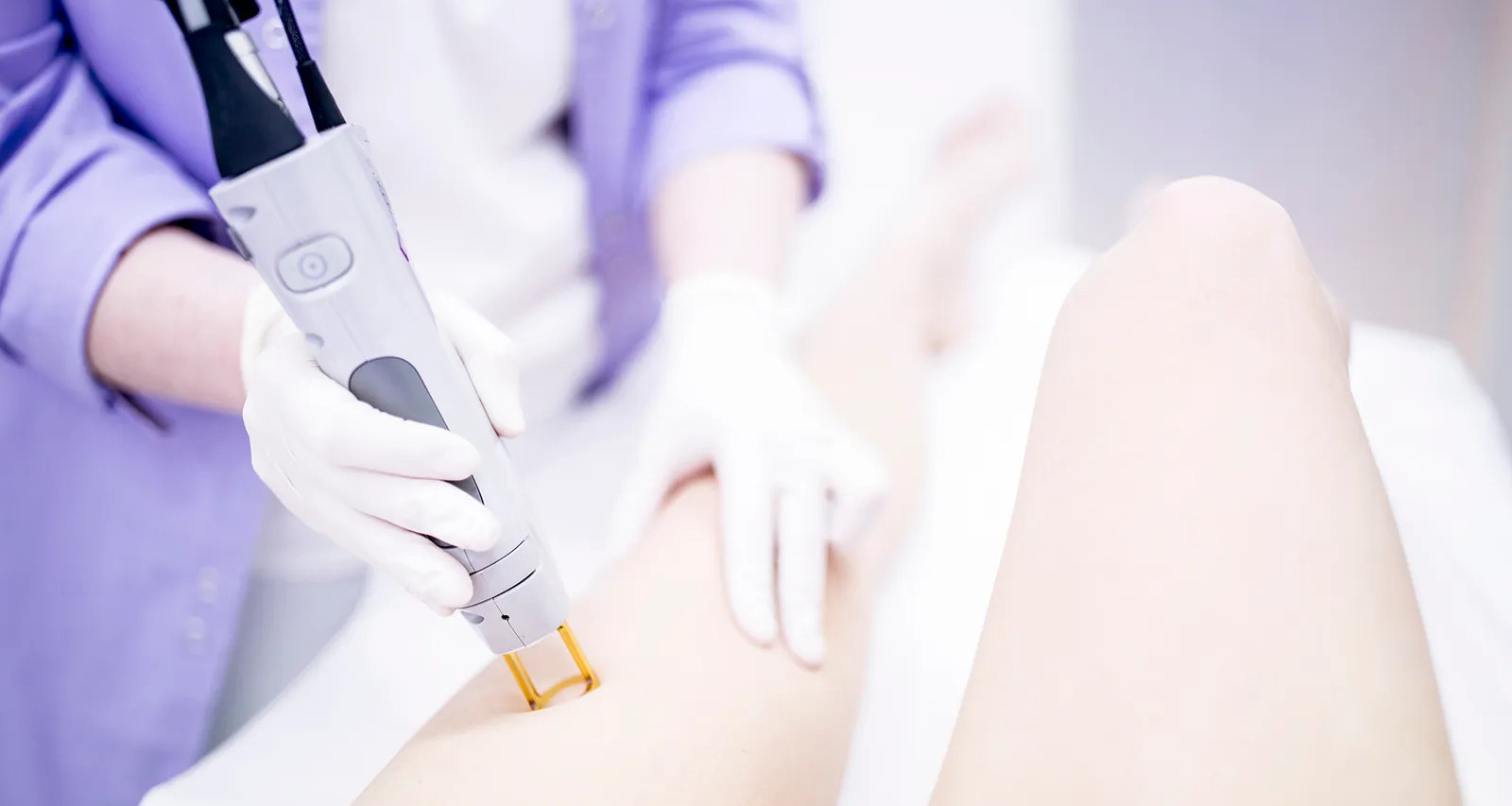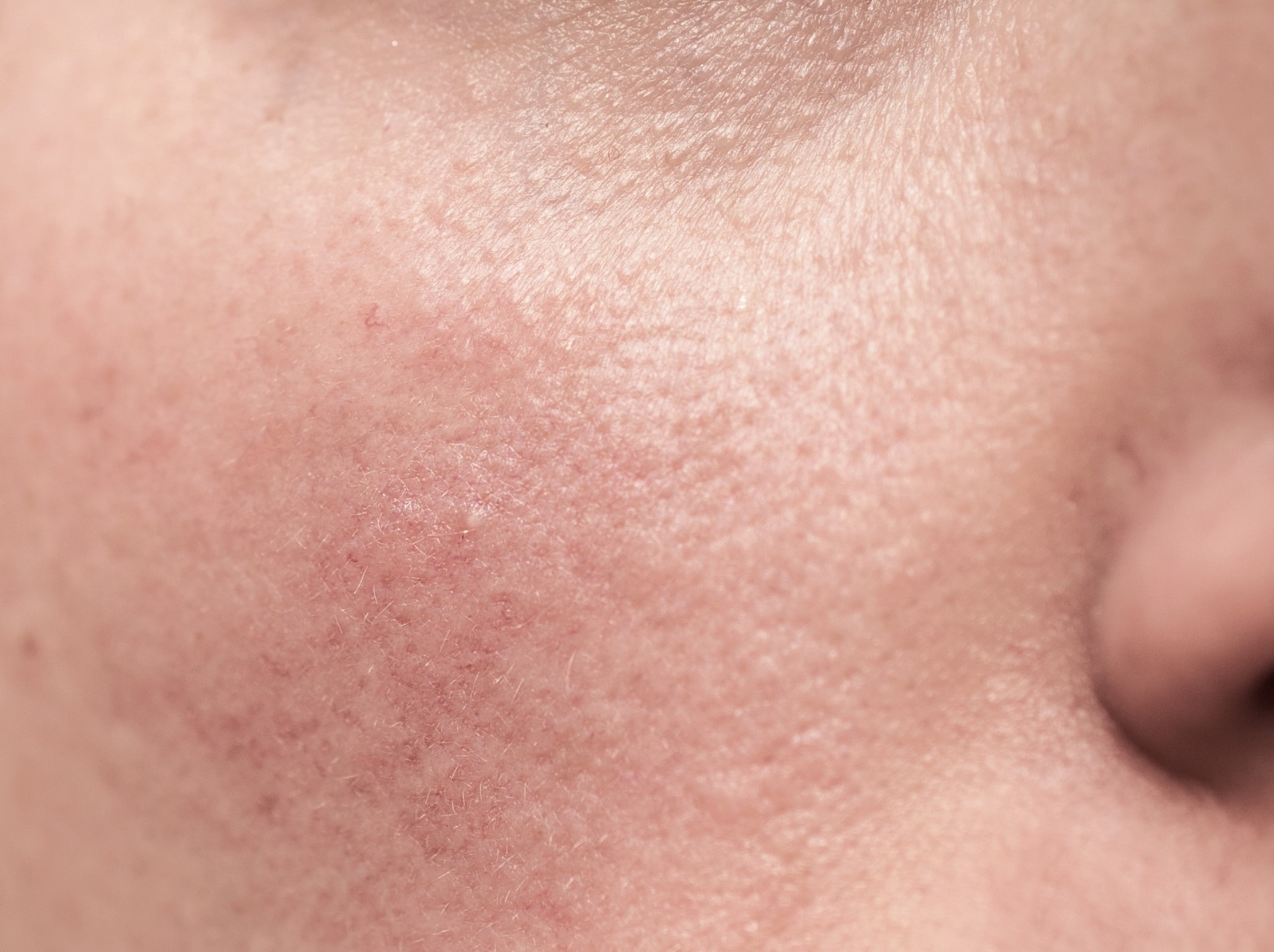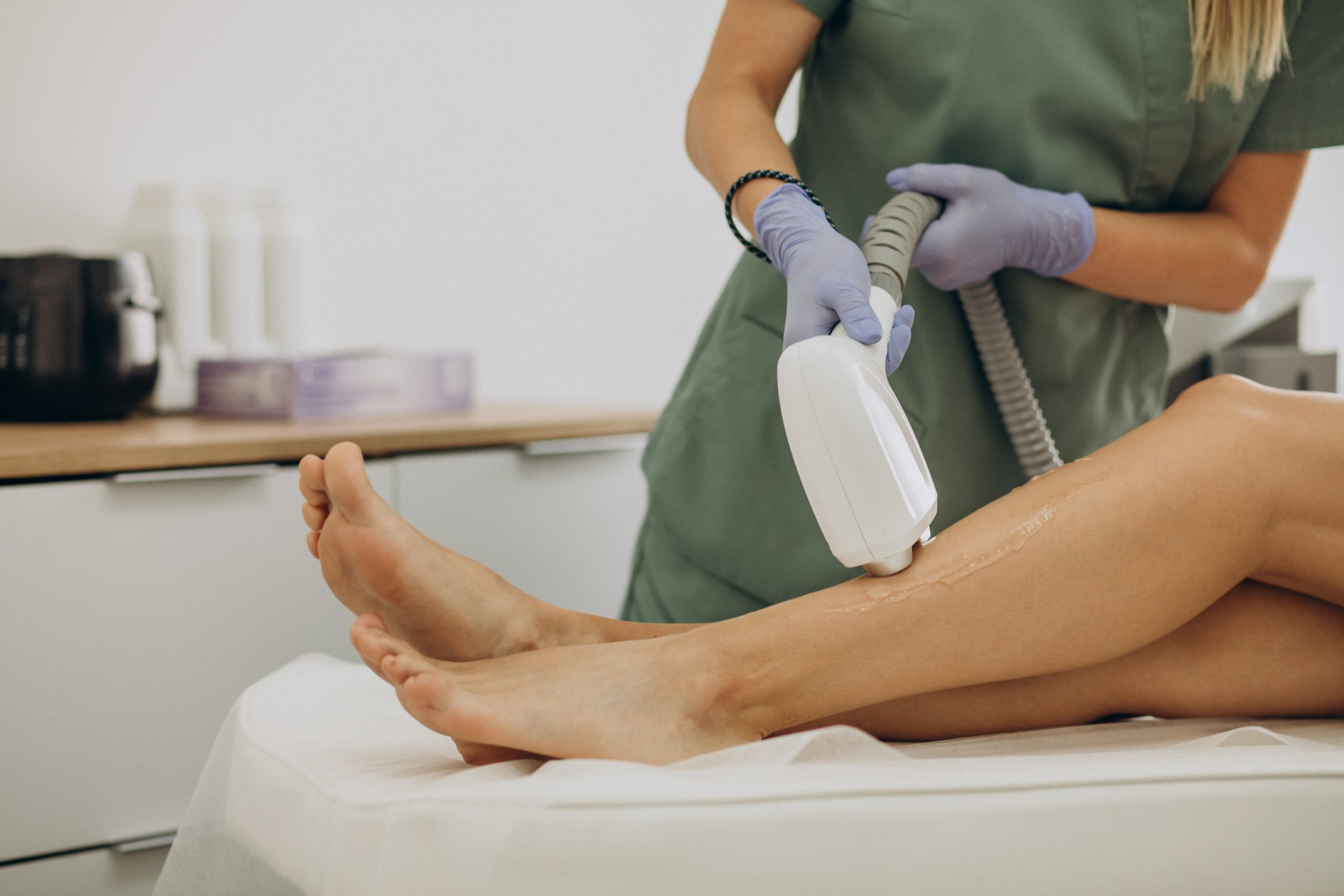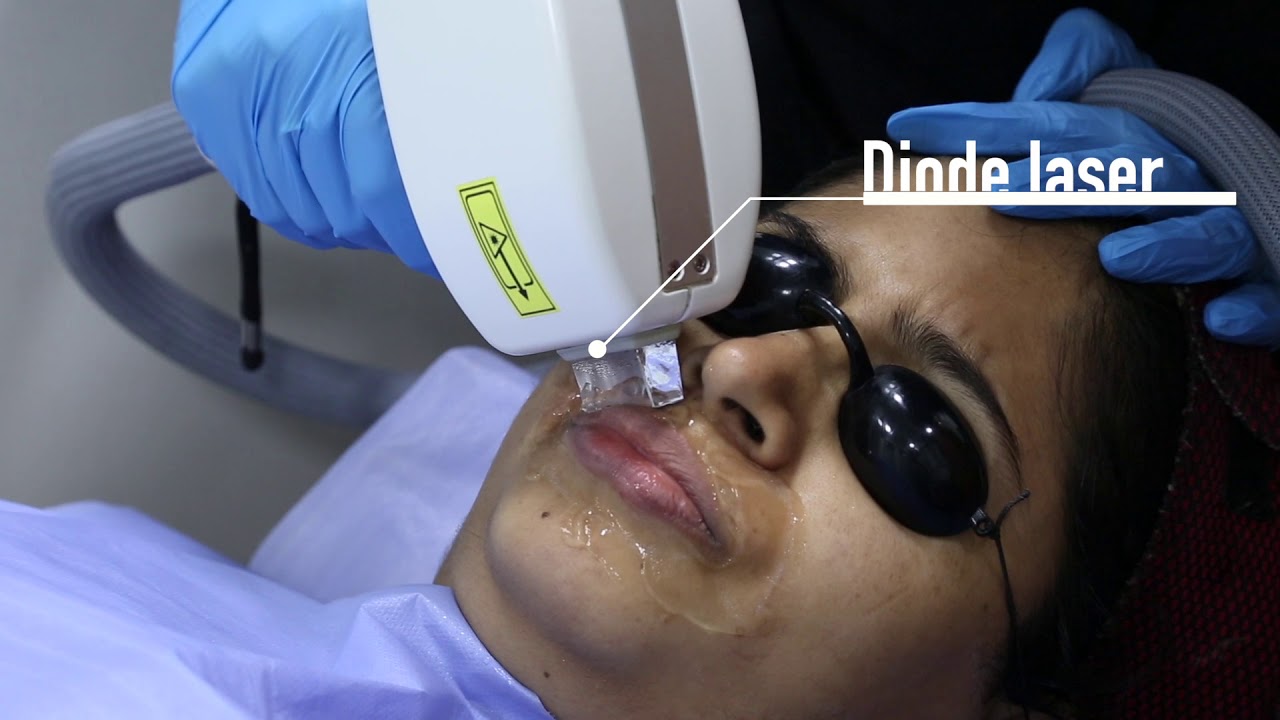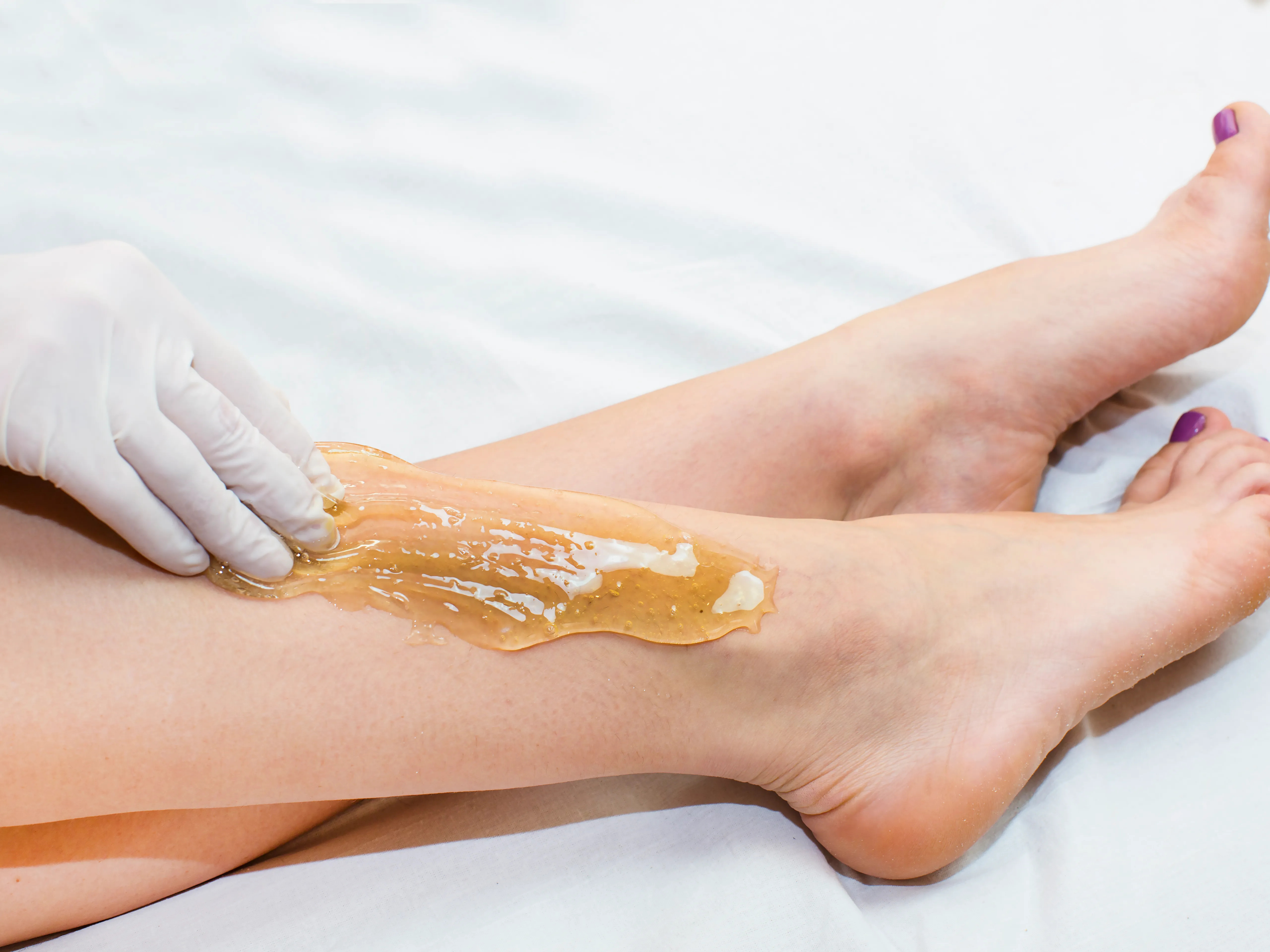

FAQs
What Happens If You Wax Before Laser Hair Removal
Modified: August 5, 2023
Discover what happens if you wax before laser hair removal and get answers to general questions about this hair removal method. Find out if it's safe and effective for you.
(Many of the links in this article redirect to a specific reviewed product. Your purchase of these products through affiliate links helps to generate commission for Under-tec.com, at no extra cost. Learn more)
Table of Contents
- Introduction
- Understanding the Laser Hair Removal Process
- The Importance of Hair Growth for Effective Laser Removal
- What Happens If You Wax Before Laser Hair Removal?
- Possible Negative Effects of Waxing Before Laser Hair Removal
- Expert Recommendations on Waxing and Laser Hair Removal
- Alternative Hair Removal Methods to Consider
- Conclusion
Introduction
Unwanted body hair can be a persistent annoyance for many people. With various methods available for hair removal, it can be challenging to determine which option is the most effective and long-lasting. Laser hair removal has gained popularity in recent years due to its ability to provide long-term results. However, there is some confusion about the effect of waxing before undergoing laser hair removal. In this article, we will explore what happens if you wax before laser hair removal and provide insights from experts in the field.
Before we delve into the details, let’s clarify the laser hair removal process. Laser hair removal involves the use of a concentrated beam of light that targets the hair follicles. The heat from the laser damages the follicles, inhibiting their ability to grow hair. This treatment is considered safe and effective for reducing hair growth and can be performed on various parts of the body.
For laser hair removal to be successful, it’s important to understand the role of hair growth. Laser energy is absorbed by the pigment in the hair follicles, so the darker and coarser the hair, the better the results tend to be. Additionally, laser hair removal is most effective when the hair is in its active growth phase.
Now, let’s address the question at hand: what happens if you wax before laser hair removal? The general rule of thumb is to avoid waxing or plucking the hair for at least six weeks prior to laser treatments. The reason for this is that waxing or plucking removes the hair from the root, which disrupts the hair growth cycle. This means that there may not be enough active hair follicles to target during the laser treatment, resulting in less effective results.
Understanding the Laser Hair Removal Process
In order to understand the impact of waxing before laser hair removal, it’s important to have a clear understanding of how the laser hair removal process works. Laser hair removal operates on the principle of selective photothermolysis, where the laser energy is absorbed by the melanin pigment present in the hair follicles.
During the treatment, the laser emits a concentrated beam of light that is absorbed by the melanin in the hair follicles. As the melanin absorbs the laser energy, it converts it into heat. The intense heat damages the hair follicles, inhibiting their ability to grow new hairs.
It’s worth noting that laser hair removal is most effective when the hair is in its active growth phase, known as the anagen phase. At any given time, not all hairs are in the anagen phase, and some may be in the resting or shedding phase. This is why multiple sessions are required for optimal results, as laser treatments can only destroy hair follicles that are in the active growth phase during the treatment.
The effectiveness of laser hair removal also depends on the contrast between the color of the hair and the color of the skin. The darker the hair and the lighter the skin, the more successful the treatment tends to be. This is because the laser energy is more readily absorbed by the melanin in the hair follicles without being absorbed by the surrounding skin.
The duration and frequency of laser hair removal sessions depend on various factors, including the area being treated, the hair thickness, and the individual’s response to the treatment. Typically, multiple sessions are needed to target all the hair follicles in their active growth phase.
By understanding the laser hair removal process, you can better grasp the impact of waxing before undergoing the treatment. Let’s dive deeper into the potential effects of waxing before laser hair removal in the next section.
The Importance of Hair Growth for Effective Laser Removal
When it comes to laser hair removal, the growth cycle of hair plays a crucial role in determining the success of the treatment. Hair grows in different cycles, including the anagen phase (active growth), catagen phase (transition), and telogen phase (resting/shedding).
During the anagen phase, the hair follicle is actively producing new hair cells. This is the ideal phase for laser hair removal as the laser energy is most effective at targeting and damaging the hair follicles. Since not all hairs are in the anagen phase simultaneously, multiple treatment sessions are needed to target hairs in different stages of growth.
When you wax or pluck the hair before laser hair removal, you remove the hair from the root, disrupting the natural growth cycle. This means that there may be fewer hairs in the anagen phase during the laser treatment, resulting in reduced effectiveness.
Additionally, waxing or plucking can cause delayed regrowth as the hair follicle needs time to repair and regrow a new hair. This further delays the treatment process, as the laser can only target hairs in the anagen phase.
It’s important to understand that laser hair removal is not effective on fine, vellus hairs (peach fuzz) as they typically lack sufficient melanin to absorb the laser energy. Therefore, for successful laser hair removal, it’s crucial to have visible, dark, and coarse hair in the treatment area.
Now that we understand the crucial role that hair growth plays, let’s explore the potential negative effects of waxing before laser hair removal.
What Happens If You Wax Before Laser Hair Removal?
Waxing before laser hair removal can have several implications on the effectiveness of the treatment. When you wax, the hair is removed from the root, leading to temporary removal of the hair follicle. This disrupts the natural hair growth cycle and can affect the success of laser hair removal.
One of the main issues that arise from waxing before laser hair removal is the reduction in the number of hairs in the active growth phase (anagen phase). Laser hair removal specifically targets hairs in the anagen phase because they are actively producing new cells and have more melanin, which absorbs the laser energy. Removing the hair follicles through waxing essentially removes the potential targets for the laser, resulting in less effective outcomes.
Additionally, waxing can cause delayed regrowth as the hair follicles need time to repair and generate new hair. This delay in regrowth means that there may be fewer hairs in the anagen phase during the laser hair removal treatment, further reducing its efficacy.
It’s worth noting that the exact impact of waxing before laser hair removal can vary depending on individual factors such as hair growth rate, genetics, and the specific area being treated. Some individuals may experience more noticeable effects, while others may not see a significant difference. However, as a general guideline, it’s recommended to avoid waxing or plucking for at least six weeks prior to laser hair removal to ensure optimal results.
Furthermore, it’s important to discuss your waxing history with the technician or dermatologist before undergoing laser hair removal. They can provide personalized advice based on your specific situation and help you make the best decision regarding hair removal methods before the treatment.
Next, let’s delve into the potential negative effects that may arise from waxing before laser hair removal.
Possible Negative Effects of Waxing Before Laser Hair Removal
While waxing is a popular method for temporary hair removal, undergoing waxing before laser hair removal can have potential negative effects on the treatment process. It’s important to understand these implications to make an informed decision regarding your hair removal routine. Here are some possible negative effects of waxing before laser hair removal:
- Reduced effectiveness: As mentioned earlier, waxing removes the hair from the root, disrupting the natural hair growth cycle. This can lead to a reduction in the number of hairs in the active growth phase (anagen phase) during laser hair removal. With fewer target follicles, the treatment may not be as effective in reducing hair growth.
- Increased discomfort: Waxing can cause temporary irritation and redness of the skin, especially for individuals with sensitive skin. Undergoing laser hair removal immediately after waxing can intensify this discomfort, making the treatment session more painful than it would be with untouched hair.
- Prolonged treatment duration: Waxing can lead to delayed hair regrowth as the hair follicles need time to repair and regenerate new hair. This elongated regrowth period can result in the need for more laser hair removal sessions to target hairs in the anagen phase. This means an extended treatment duration and potentially increased costs.
- Uneven results: The irregular regrowth pattern caused by waxing can lead to uneven hair removal results. Some areas of the body may show better results due to hairs being in the anagen phase, while other areas with delayed regrowth may require additional sessions to achieve desired outcomes.
- Potential skin damage: Waxing exfoliates the skin and can make it more sensitive. The application of laser energy on recently waxed skin can increase the risk of skin irritation, burns, or other adverse reactions. It is best to allow enough time for the skin to fully recover before undergoing laser hair removal.
It’s crucial to discuss your previous hair removal methods, including waxing, with a qualified technician or dermatologist before undergoing laser hair removal. They can assess your unique situation and provide personalized advice on the recommended timeframe for hair removal methods prior to the treatment.
Now that we have explored the potential negative effects of waxing before laser hair removal, let’s turn our attention to expert recommendations on hair removal methods and laser treatments.
Expert Recommendations on Waxing and Laser Hair Removal
When it comes to preparing for laser hair removal, it’s important to follow expert recommendations to ensure optimal results and minimize any potential risks or complications. Here are some expert recommendations on waxing and laser hair removal:
- Avoid waxing or plucking: Experts generally advise against waxing or plucking the hair for at least six weeks before laser hair removal. This allows the hair to grow back in its natural cycle, ensuring a sufficient number of hairs in the active growth phase during the laser treatment.
- Shave instead: Instead of waxing, experts recommend shaving as a hair removal method prior to laser hair removal. Shaving only removes the hair above the surface while leaving the hair follicles intact. This allows the laser to target the hair follicles effectively during the treatment.
- Avoid sun exposure: It’s essential to protect the treatment area from sun exposure before and after laser hair removal. Sunburned or tanned skin can be more sensitive to the laser energy and increase the risk of skin damage. Experts advise avoiding sun exposure and using sunscreen with a high SPF to protect the skin.
- Consult a qualified professional: Before undergoing laser hair removal, it’s crucial to consult with a qualified technician or dermatologist. They can evaluate your skin and hair type, assess your medical history, and provide personalized advice tailored to your specific situation. They will guide you on the recommended time frame for hair removal methods and address any concerns or questions you may have.
- Follow the treatment plan: Laser hair removal typically requires multiple treatment sessions for optimal results. It’s important to attend all scheduled sessions as advised by the professional to target hairs in different stages of growth. Consistency and adherence to the treatment plan can significantly improve the effectiveness of laser hair removal.
By following these expert recommendations, you can maximize the benefits of laser hair removal and minimize any potential complications. Remember, each individual’s response to the treatment may vary, so it’s important to have realistic expectations and patience throughout the process.
Now, let’s explore alternative hair removal methods that you may consider if waxing before laser hair removal is not suitable for you.
Alternative Hair Removal Methods to Consider
If waxing before laser hair removal is not a suitable option for you, there are alternative hair removal methods that you can consider. These methods can be used prior to laser treatments to ensure optimal results. Here are some alternative hair removal methods to consider:
- Shaving: Shaving is a popular and convenient method for temporary hair removal. It involves using a razor to cut the hair at the skin’s surface. Shaving does not remove the hair follicle, making it a suitable option before laser hair removal. However, keep in mind that shaving will result in regrowth within a few days.
- Depilatory creams: Depilatory creams, also known as hair removal creams, are chemical-based products that break down the hair’s protein structure, causing it to dissolve. These creams are applied to the skin and removed after a specific time. Depilatory creams offer temporary hair removal and can be used prior to laser treatments, but it’s important to check for any skin sensitivities or allergies before using them.
- Trimming: Trimming involves cutting the hair to a shorter length without removing it from the root. This method is particularly useful for areas where shorter hair is desired or required, such as facial hair or bikini lines. Trimming can be done with scissors or electric trimmers, and it allows for flexibility and control over the hair length.
- Epilators: Epilators are handheld devices that mechanically remove hair from the root. They work by grasping multiple hairs simultaneously and pulling them out. Epilators provide longer-lasting results compared to shaving, but they can be uncomfortable, especially for those with sensitive skin.
- Threading: Threading is an ancient hair removal technique that originated in the Middle East. It involves using a twisted thread to catch and pull out the hair. Threading is commonly used for facial hair removal, such as eyebrow shaping or removing upper lip hair. This technique does not remove the hair from the root, making it suitable for use before laser hair removal.
Before choosing any hair removal method, it’s important to consider your skin type, hair texture, and personal preferences. If you have concerns or questions, it’s always advisable to consult with a qualified professional who can provide guidance based on your specific needs.
Remember, these alternative hair removal methods are temporary and not as long-lasting as laser hair removal. If you’re seeking a more permanent solution, laser hair removal may be the ideal choice for you.
Now that we have explored alternative hair removal methods, let’s summarize the key points discussed in this article.
Conclusion
When considering undergoing laser hair removal, it’s crucial to understand the impact of waxing before the treatment. Waxing removes the hair from the root, disrupting the natural hair growth cycle and potentially reducing the effectiveness of laser hair removal. Experts recommend avoiding waxing or plucking for at least six weeks prior to laser treatments to ensure optimal results.
During laser hair removal, the growth cycle of hair plays a significant role in the treatment’s effectiveness. The laser targets hair follicles in the active growth phase (anagen phase), and removing the hair follicles through waxing can diminish the number of hairs available for targeting during the treatment.
Possible negative effects of waxing before laser hair removal include reduced effectiveness, increased discomfort, prolonged treatment duration, uneven results, and potential skin damage. It’s essential to follow expert recommendations on hair removal methods, such as avoiding sun exposure, consulting a qualified professional, and adhering to the treatment plan.
If waxing is not suitable for you, there are alternative hair removal methods to consider, such as shaving, depilatory creams, trimming, epilators, and threading. These methods allow you to maintain hair growth for the laser to effectively target the hair follicles during the treatment.
Overall, proper preparation and understanding of the laser hair removal process, the hair growth cycle, and the implications of waxing can help you achieve the desired results with maximum effectiveness. It’s important to consult with a qualified technician or dermatologist to assess your individual needs and customize a treatment plan tailored to your specific situation.
By following expert recommendations and choosing the most appropriate hair removal methods, you can optimize the outcomes of your laser hair removal journey and enjoy long-lasting hair reduction or removal. Embrace the freedom of smooth, hair-free skin and say goodbye to the hassle of unwanted body hair.


